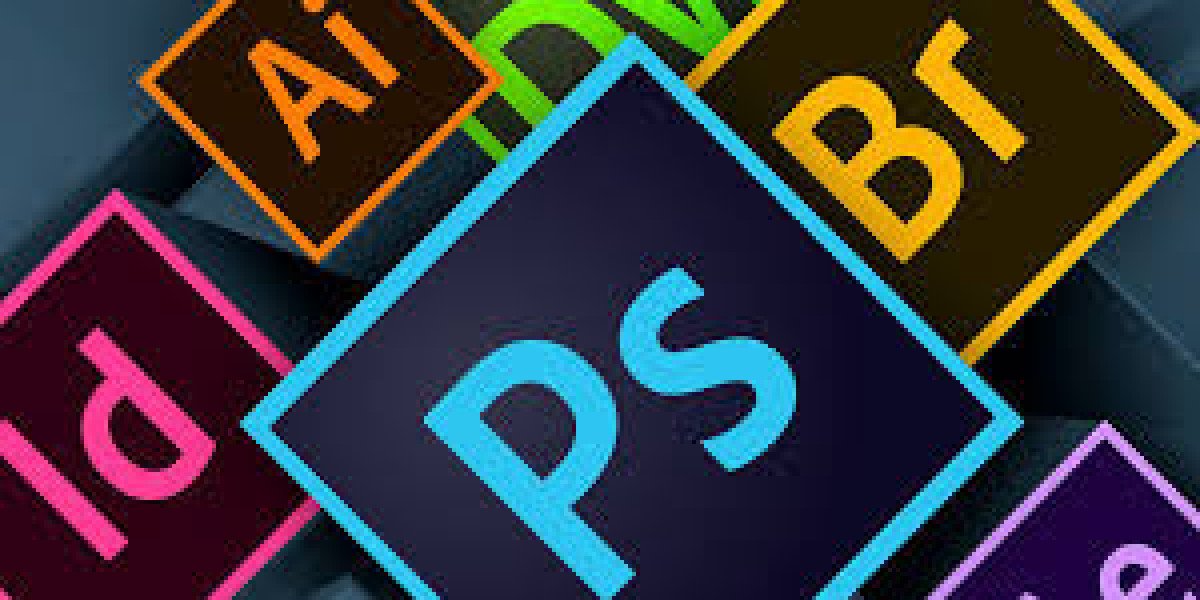Introduction to Art History and Graphic Design
Art history is a chronicle of human expression, tracing the development of artistic styles, themes, and techniques across different epochs and cultures. Graphic design, on the other hand, encompasses the visual communication of ideas through typography, imagery, and layout. The intersection of these two disciplines offers a fertile ground for creative exploration and innovation.
Early Influences
Pre-Renaissance Art and Its Impact
Before the Renaissance, medieval art predominantly served religious purposes, characterized by stylized forms and symbolic imagery. However, the Renaissance ushered in a paradigm shift with its emphasis on realism, perspective, and humanism. Artists like Leonardo da Vinci and Michelangelo revolutionized the concept of visual representation, laying the foundation for modern graphic design principles.
Renaissance Art
The Renaissance witnessed a resurgence of classical aesthetics, with artists rediscovering the works of ancient Greece and Rome. Linear perspective, chiaroscuro, and anatomical accuracy became hallmarks of Renaissance art, influencing graphic designers to adopt principles of balance, harmony, and proportion in their compositions.
Baroque and Rococo
The Baroque and Rococo periods embraced lavish ornamentation and theatricality, reflecting the grandeur of European courts and churches. Intricate details, dynamic compositions, and emotive expression characterized these styles, inspiring graphic designers to explore ornamental motifs and dynamic layouts.
Modernism
The Influence of Cubism and Futurism
The early 20th century saw a departure from representational art towards abstraction and fragmentation. Cubist and Futurist artists such as Pablo Picasso and Umberto Boccioni shattered conventional forms, challenging viewers to perceive reality from multiple perspectives. Graphic designers embraced these avant-garde movements, experimenting with geometric shapes and dynamic lines in their designs.
Are you looking For Best Graphic Design Institute in Delhi? Contact Tgc India For More Information
Bauhaus Movement
The Bauhaus School revolutionized design education by advocating for the integration of art, craft, and technology. Founded by Walter Gropius in 1919, Bauhaus emphasized functionalism, simplicity, and mass production. Graphic designers associated with the Bauhaus, such as Herbert Bayer and László Moholy-Nagy, pioneered the use of sans-serif typography, grid systems, and minimalist aesthetics.
Surrealism and Dadaism
Surrealist and Dadaist artists rebelled against rationality and logic, embracing the irrational and subconscious realms of the mind. Figures like Salvador Dalí and Marcel Duchamp challenged the norms of art and society, inspiring graphic design course in delhi to incorporate elements of surprise, juxtaposition, and absurdity into their work.
Postmodernism
Pop Art and Consumer Culture
The Pop Art movement emerged in the 1950s and 1960s as a response to mass media, consumerism, and popular culture. Artists like Andy Warhol and Roy Lichtenstein appropriated imagery from advertising, comic books, and consumer products, blurring the boundaries between high and low art. Graphic designers embraced the vibrant colors, bold typography, and appropriation techniques of Pop Art, creating visually impactful designs that reflected the zeitgeist of the era.
Minimalism
Minimalist artists sought to pare down art to its essential elements, emphasizing simplicity, clarity, and precision. Influential figures such as Donald Judd and Agnes Martin explored the use of geometric forms, monochromatic palettes, and spatial relationships. Graphic designers adopted minimalist principles, favouring clean lines, ample white space, and restrained typography in their designs.
Deconstructivism
Deconstructivism challenged conventional notions of order and coherence, embracing fragmentation, asymmetry, and dissonance. Architects like Frank Gehry and Zaha Hadid deconstructed architectural forms, creating dynamic structures that defied traditional norms. Graphic designers experimented with deconstructivist principles, disrupting visual conventions through fractured imagery, overlapping elements, and nonlinear layouts.
Contemporary Trends
Digital Revolution
The advent of digital technology revolutionized the practice of graphic design, offering new tools and mediums for creative expression. Designers transitioned from traditional print methods to digital platforms, exploring the possibilities of interactive media, motion graphics, and augmented reality. The internet became a global canvas for experimentation, collaboration, and dissemination of design ideas.
Globalization and Cultural Exchange
Globalization has facilitated the exchange of ideas, aesthetics, and influences across diverse cultures and regions. Graphic designers draw inspiration from a myriad of sources, blending traditional motifs with contemporary sensibilities. Cross-cultural dialogue enriches the design landscape, fostering diversity, inclusivity, and cross-pollination of creative practices.
Environmental Awareness in Design
In response to environmental challenges, designers are increasingly embracing sustainable and eco-friendly practices in their work. From eco-conscious packaging to renewable materials, graphic designers are leveraging design thinking to address pressing issues such as climate change, pollution, and resource depletion. Design has the power to raise awareness, provoke action, and instigate positive change on a global scale.
Conclusion
The influence of art history on modern graphic design is profound and multifaceted, shaping aesthetics, methodologies, and ideologies. By drawing inspiration from the rich tapestry of artistic movements and styles, designers create visually compelling and culturally resonant work that reflects the spirit of the times.






